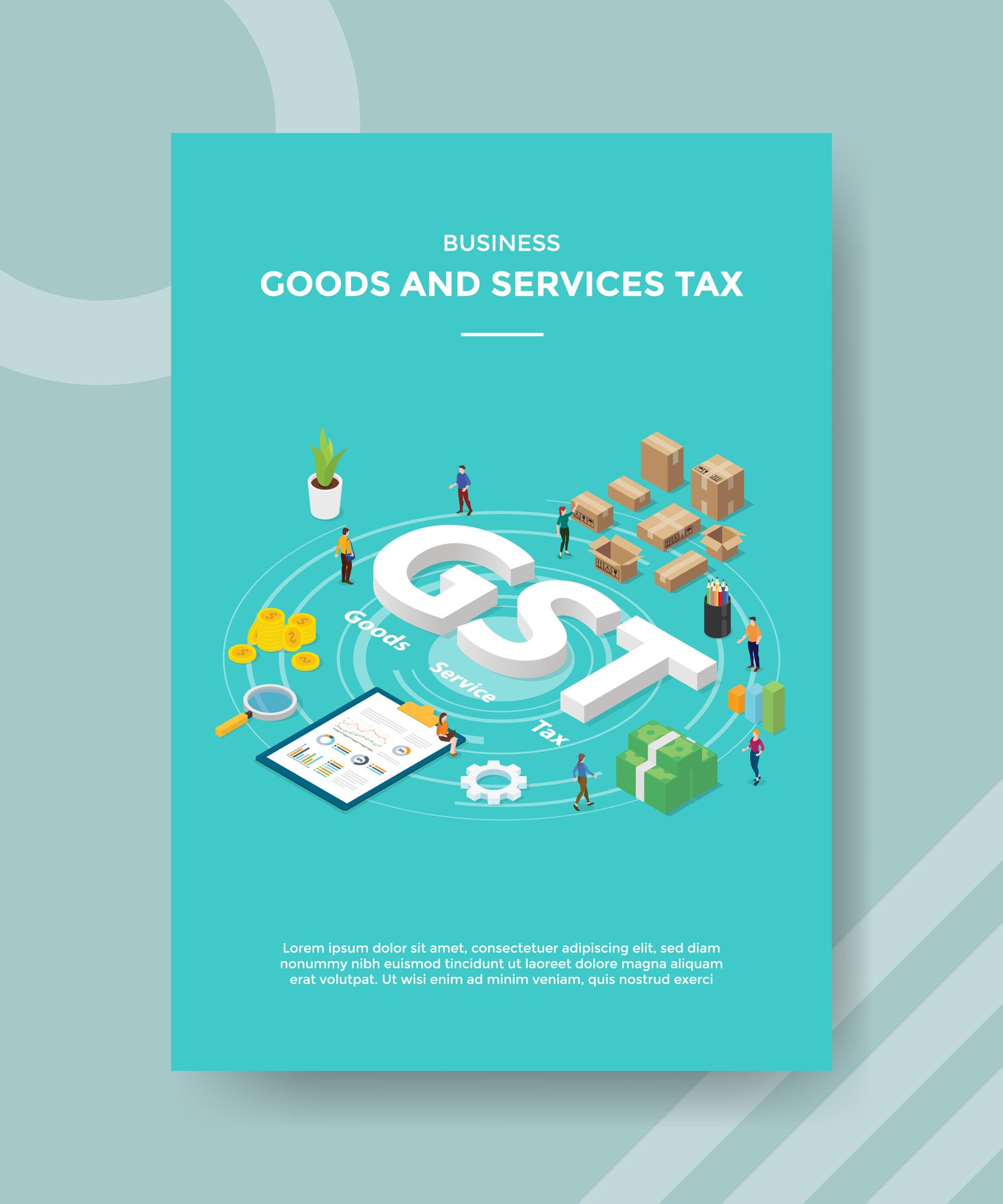TDS Return Filing
Documents Required
| Market Price : | 899 |
|---|---|
| Royal Charted : | 599 |
| Your Save : | 300 |
Pricing Summary
| Market Price : | 2500 |
|---|---|
| Royal Charted : | 2000 |
| Your Save : | 500 |
Login
TDS (Tax Deducted at Source) return filing is an essential part of compliance for organizations and individuals who deduct tax at the source of income. Here’s a detailed overview of TDS return filing, including its purpose, process, and key considerations:
### 1. **Understanding TDS**
- **What is TDS?**
- TDS is a tax collection mechanism where the payer deducts tax at the source before making payments to the recipient. The tax deducted is then deposited with the government.
- **Purpose of TDS**:
- Ensures timely collection of tax.
- Helps in reducing tax evasion.
- Spreads the tax collection process throughout the year.
### 2. **TDS Returns**
- **Definition**:
- A TDS return is a statement of TDS deducted and deposited with the government. It provides details of the tax deducted, the nature of income, and the details of the deductee.
- **Types of TDS Returns**:
- **Form 24Q**: For TDS on salary.
- **Form 26Q**: For TDS on payments other than salary.
- **Form 27Q**: For TDS on payments to non-residents.
- **Form 27EQ**: For TCS (Tax Collected at Source) returns.
### 3. **Who Must File TDS Returns?**
- **Employers**: For TDS on salary payments.
- **Businesses/Entities**: For TDS on various types of payments (e.g., rent, professional fees).
- **Individuals**: If they are liable to deduct TDS (e.g., in case of rent payments exceeding specified limits).
### 4. **Filing Process**
1. **Determine TDS Liability**:
- Calculate the amount of TDS to be deducted based on the applicable rates and type of income.
2. **Deduct TDS**:
- Deduct tax at the source while making payments to the recipient.
3. **Deposit TDS**:
- Deposit the deducted TDS with the government within the due date. This can be done through challan payments (Challan 281 for corporate tax payments).
4. **Prepare TDS Return**:
- Use the appropriate form (24Q, 26Q, 27Q, or 27EQ) to prepare the TDS return. This involves filling in details of TDS deducted, deposited, and the details of the deductees.
5. **Submit TDS Return**:
- File the TDS return online through the Income Tax Department’s e-filing portal or by using a TDS return preparation and filing software.
6. **Generate and Submit TDS Certificate**:
- After filing the return, generate and issue TDS certificates (Form 16 for salary and Form 16A for other payments) to the deductees. These certificates provide proof of the tax deducted and can be used by the deductee while filing their income tax returns.
### 5. **Due Dates**
- **For Salaries**: Generally, TDS returns are filed quarterly. The due dates are:
- Q1 (April-June): 31st July
- Q2 (July-September): 31st October
- Q3 (October-December): 31st January
- Q4 (January-March): 31st May
- **For Other Payments**: TDS returns are also filed quarterly, with similar due dates.
### 6. **Penalties and Consequences**
- **Late Filing**: Penalties for late filing of TDS returns include a late fee under Section 234E of the Income Tax Act. The fee is ₹200 per day of delay until the return is filed.
- **Non-Deposit of TDS**: If TDS is not deposited with the government, the deductor can face penalties, interest, and even prosecution.
- **Incorrect Details**: Providing incorrect details can lead to penalties and complications in processing.
### 7. **Reconciliation and Correction**
- **Reconciliation**: Regularly reconcile your TDS records with the Form 26AS (TDS credit statement) available on the Income Tax Department’s portal to ensure accuracy.
- **Correction**: If there are mistakes in the TDS return, file a revised return using the same form but with the correct details. This is important to avoid discrepancies and penalties.
### 8. **Tools and Software**
- **TDS Return Preparation Software**: Various software tools are available to help prepare and file TDS returns. They can simplify the process and ensure compliance with regulations.
- **Online Portals**: The Income Tax Department’s e-filing portal allows for online filing and tracking of TDS returns.
### 9. **Recent Updates and Changes**
- **Regulatory Changes**: Stay updated with any changes in TDS rules, rates, and procedures as issued by the Income Tax Department.
- **E-filing Requirements**: Ensure compliance with e-filing requirements and deadlines to avoid penalties.
TDS return filing is crucial for maintaining compliance with tax laws and ensuring proper tax collection. Organizations and individuals must stay diligent in calculating, deducting, depositing, and reporting TDS to avoid any legal issues and penalties.
Related Guides
Easily chat with Business Experts, find answers to thousands of FAQs, read business articles, get statutory due date alerts, start a company or register a trademark through the Royal chartered App. Download India's first mobile app for starting a company or registering a trademark today!
TDS Return Filing Fees
Steps |
Fee (Rs.) |
|---|---|
| Services Fee | 0 |
| Government Fee (Stamp Duty) | 0 |
| Professional Fee | 0 |
| Market Rate | 2500 |
| Discount | 500 |
| Royal Chartered Fee | 2000 |
Related Guides
Easily chat with Business Experts, find answers to thousands of FAQs, read business articles, get statutory due date alerts, start a company or register a trademark through the Royal chartered App. Download India's first mobile app for starting a company or registering a trademark today!
Read The Latest
Private Limited Company Registration
In India, a private limited company is a famous business structure that offers several advantages to entrepreneurs.
GST Registration for Proprietorship
In today's dynamic business world, staying ahead of the curve and ensuring compliance with relevant regulations is essential for entrepreneurs.
Penalty for Late Filing Income Tax Returns
The due date for filing income tax return for individuals is 31st July of every year.



